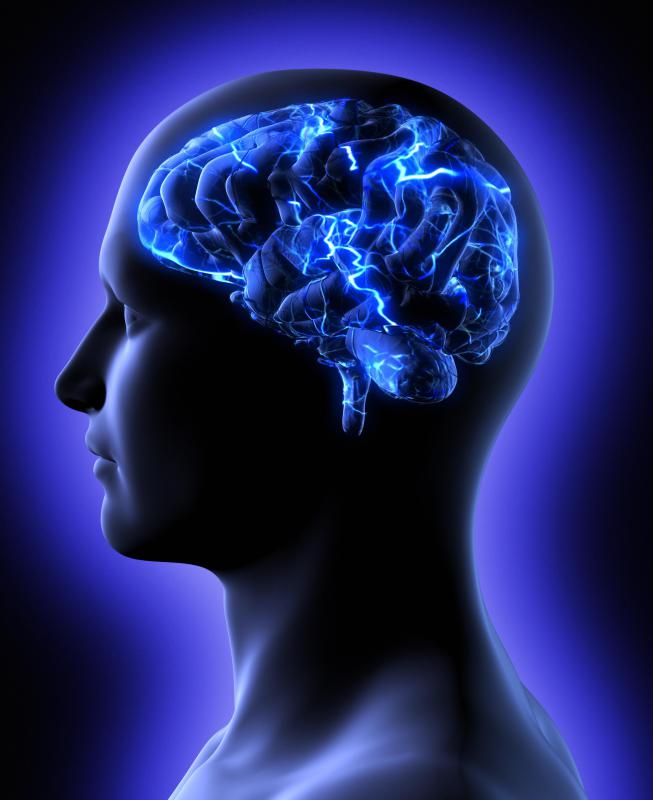At WiseGEEK, we're committed to delivering accurate, trustworthy information. Our expert-authored content is rigorously fact-checked and sourced from credible authorities. Discover how we uphold the highest standards in providing you with reliable knowledge.
What Are Endocannabinoids?
Cannabinoids are compounds from the cannabis plant, or marijuana plant, that have euphoric or medicinal effects on humans. Similar types of chemicals are produced by many kinds of animals, including humans, and have effects similar on the human body to those from cannabis. They are known as endocannabinoids. These molecules exert their effects by binding to specific receptors, which signal the cells to make physiological changes. Such receptors include cannabinoid receptor type 1 and type 2, and they are part of a complex system known as the endocannabinoid system.
Endocannabinoids are so named because they are cannabinoids found within the human body and thus are known as being endogenous. Their effects on a variety of human physiological processes can be as powerful as the main active ingredients in cannabis. They help regulate the sensation of pain, mood, appetite, memory and reproduction. Their effects have just begun to be understood.

These compounds are derived from lipids such as arachidonic acid, an essential fatty acid that is a precursor to many molecules involved in signaling reactions. Such types of chemicals do not dissolve well in water and are limited to the cellular membranes. Thus, they cannot travel throughout the body in the manner of traditional hormones. Endocannabinoids are released from cells and travel a short distance to exert their effects.

These endocannabinoids react with nerve cells, but in a manner different from that of traditional chemical signaling messengers in the nervous system. They temporarily reduce the amount of the brain’s normal transmitters that are produced. This can alter normal brain chemistry.
These natural cannabinoid compounds produce various effects, depending on the receptor and the tissue in which they bind. For instance, they can relieve chronic pain. There has been great interest in developing synthetic cannabinoids for medicinal uses, and such compounds are in use in several countries.
The types of endocannabinoids are partly defined by the type of receptor to which they bind. Cannabinoid receptor type 1 is found primarily in the brain, and receptor type 2 has been traditionally considered to be localized to parts of the body having to do with the immune system. The latter receptor is found in particularly high concentrations in the spleen. More recently, it has been found to be located in parts of the brain that function in regulating the immune system.
Of the endocannabinoids that have been identified, the two most highly studied are anandamide and 2-arachidonyl glycerol (2-AG). Anandamide has a chemical structure that is different from that of tetrohydrocannibol (THC), the main active ingredient in cannabis. Its effects are very similar, but are much more short-lived. This compound primarily binds to cannabinoid receptor type 1 and exerts its effects in the brain. The endocannabinoid 2-AG binds equally well to both types of receptors.
AS FEATURED ON:
AS FEATURED ON:












Discuss this Article
Post your comments